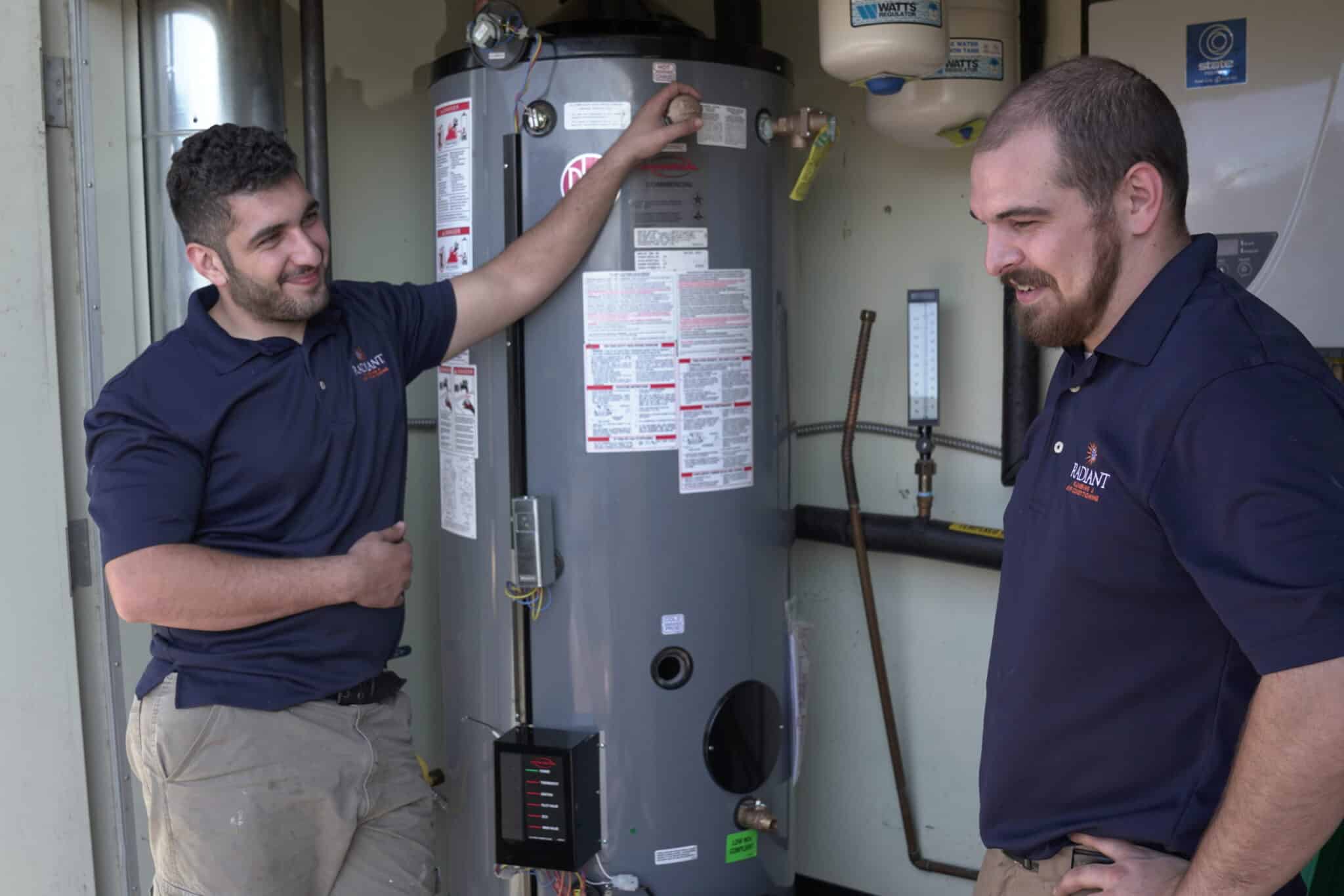Useful Techniques for Caring for Your Home's Hot Water System
Useful Techniques for Caring for Your Home's Hot Water System
Blog Article
What're your beliefs on Tips For Maintaining Your Hot Water Heater?

Hot water is vital for day-to-day comfort, whether it's for a revitalizing shower or washing meals. To ensure your hot water system runs successfully and lasts longer, routine upkeep is key. This short article gives practical ideas and understandings on how to keep your home's warm water system to stay clear of disturbances and costly repair work.
Intro
Maintaining your home's hot water system may appear challenging, yet with a few easy actions, you can guarantee it operates smoothly for many years ahead. This guide covers whatever from recognizing your warm water system to DIY maintenance suggestions and understanding when to call expert assistance.
Relevance of Maintaining Your Hot Water System
Regular maintenance not only expands the lifespan of your hot water system but also ensures it operates effectively. Disregarding maintenance can bring about lowered efficiency, higher energy bills, and even premature failure of the system.
Indicators Your Warm Water System Demands Upkeep
Recognizing when your warm water system requires focus can prevent significant concerns. Keep an eye out for indicators such as irregular water temperature level, odd sounds from the heating unit, or rusty water.
Flushing the Water Heater
Flushing your hot water heater gets rid of debris build-up, enhancing effectiveness and lengthening its life.
Monitoring and Changing Anode Rods
Anode rods avoid corrosion inside the container. Evaluating and changing them when broken is critical.
Facility Problems Needing Professional Help
Instances consist of significant leaks, electrical troubles, or if your hot water heater is constantly underperforming.
Routine Professional Upkeep Conveniences
Expert maintenance can include detailed assessments, tune-ups, and making sure compliance with safety and security standards.
Evaluating and Changing Temperature Setups
Changing the temperature setups guarantees optimal efficiency and safety.
DIY Tips for Maintenance
You can perform several maintenance tasks on your own to keep your warm water system in top condition.
Looking for Leaks
Consistently evaluate pipes and links for leaks, as these can lead to water damages and higher expenses.
Understanding Your Warm Water System
Prior to diving right into maintenance jobs, it's practical to understand the standard components of your warm water system. Normally, this includes the hot water heater itself, pipes, anode rods, and temperature level controls.
Regular Monthly Upkeep Tasks
Routine monthly checks can aid catch small issues before they rise.
Evaluating Stress Relief Valves
Examining the pressure safety valve guarantees it functions appropriately and prevents extreme stress buildup.
Shielding Pipes
Protecting warm water pipes decreases heat loss and can save power.
When to Call a Professional
While DIY upkeep is beneficial, some problems call for professional know-how.
Conclusion
Routine upkeep of your home's warm water system is essential for effectiveness, durability, and price savings. By complying with these pointers and knowing when to seek expert assistance, you can make certain a dependable supply of warm water without unanticipated disruptions.
Water Heater Maintenance Tips
Test the TPR Valve
Shut off the power and the cold-water supply valve. Place a bucket under the pipe connected to the temperature-pressure-release (TPR) valve on the top or side of the tank. (This valve opens if the tank pressure gets too high.) Lift the valve’s tab to let some water out, then let go. If water keeps flowing, drain the tank partway, unscrew the old valve with a pipe wrench, and install a new one. Check the Anode Rod
Put a hose to the tank’s drain cock and let out a few gallons of water. Now fit a 1 1/16-inch socket onto the rod’s hex head on top of the heater (or under its top plate) and unscrew the rod. If it’s less than ½ inch thick or coated with calcium, buy a new one, wrap its threads with Teflon tape, put it back in the tank, and tighten securely. Use this segmented rod if headroom above the tank is limited. Drain the Tank and Wash Out Sediment
Drain the remaining water in the tank into the bucket, then stir up the sediment on the tank’s bottom by briefly opening the cold-water supply valve. Drain and repeat until clean water comes out of the hose. Close the drain cock, refill the tank, and turn its power back on. Adjust the Temperature
Find the temperature dial on the side of the tank and unscrew its cover. Adjust the dial to 120 degrees using a flathead screwdriver. For every 10 degrees the temperature is lowered, you can expect to save up to 5 percent in energy costs. Turn the water heater off or the thermostat down to its lowest setting if you plan to be away from home for more than three days. Insulate the Pipes
Buy some self-sticking 3/8-inch-thick foam pipe insulation that matches the pipes’ diameter. Slide the foam over the hot-and cold-water pipes as far as you can reach. Insulating the cold-water pipe prevents condensation in summer. Peel the tape and squeeze the insulation closed. If the pipe is 6 inches or less from the flue, cover it with 1-inch-thick unfaced fiberglass pipe wrap. https://www.thisoldhouse.com/plumbing/21016402/how-to-maintain-a-water-heater

I recently found that blog posting about What Kind of Maintenance Do Water Heaters Need? when doing a search on the search engines. If you please set aside a second to promote this blog if you appreciated it. Thank you for your time. Return soon.
Article Report this page